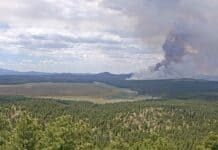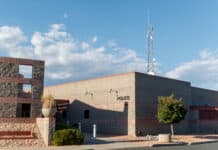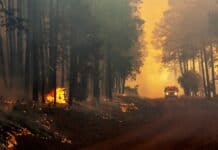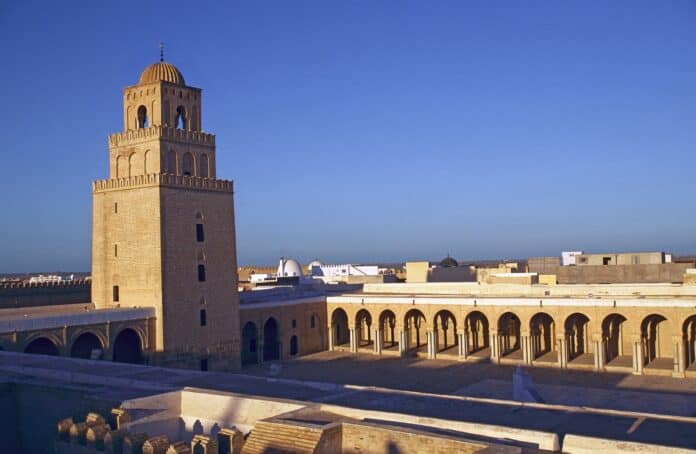
At age 70, Sedona-based photographer Martin Gray said he would like to take a breather after photographing Algeria and Kurdistan in northern Iraq last year. Gray said that his professional Adventures began in 1982 when he was looking up at a full moon and shut his eyes.
“I began to see this picture in my head, in my consciousness, and it was the Stone Heads on Easter Island,” Gray said. “Now I’ve read the book ‘Aku Aku’ by Thor Heyerdahl when I was 11 years old. So I was very familiar with it … And I heard these words and it said, ‘Go here, you will begin to find the answers to your prayers.’”
Gray said those prayers were and are being fulfilled.
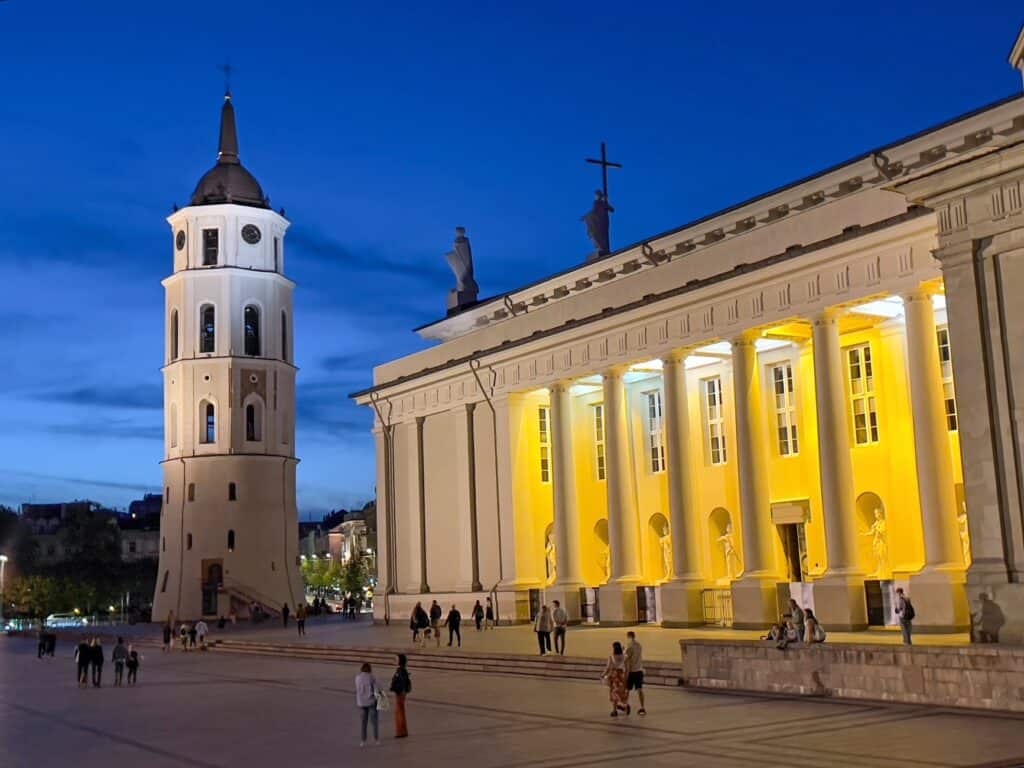
Photo courtesy of Martin Gray
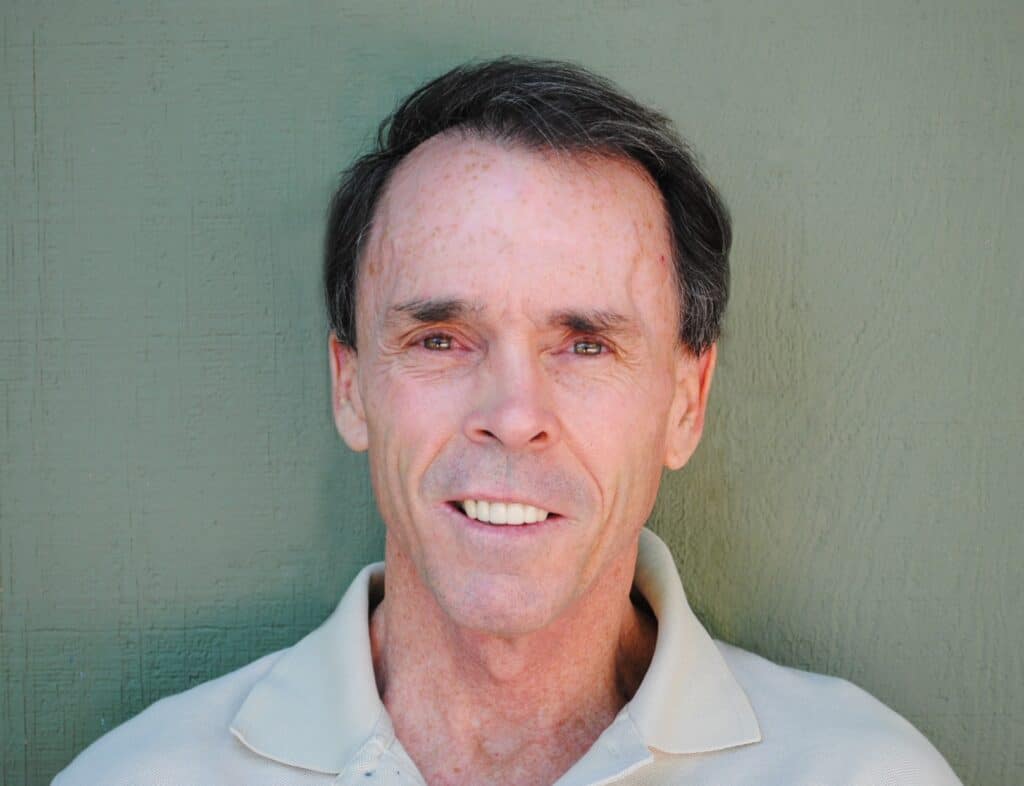
“I finished this long 42- year photographic acquisition research project now and that book came out,” Gray said. “There’s another one I’ve written, it’s not published, it’s an 873-page three-volume novel. There’s a book I’m writing called ‘The Art of Travel: Secrets of the Super Travelers.’ Will I finish those? I don’t know. I’m [redoing] my website right now, every single picture, page, everything is being redone. I look forward when all that is done that I can relax. I’m a little tired of being ‘Mr. Sacred Site.’ I’d like to be in a sense a regular person. I’d like to do nothing. I’d like to not have an agenda. Because for the last 42 years of my life, it’s been one thing, to gather these photographs of the sacred sites, and to share the information with people. Which I think is beautiful and good. But I’d like to have a break. I’d like to know who am I.”
Born in Colorado, Gray was the son of a diplomat and his family relocated to India when he was 12, the same year that his father gave him a Rolleicord camera that he said changed his life.
“[People] get married in India in big tents outside, and I wandered inside. And I see these Indian photographers with the same camera and flash unit, taking pictures,” Gray said. “And so I go up front. There’s a sort of a novelty, a little American guy taking pictures. One thing led to another, and I started photographing Indian weddings. I made some money and bought my Nikon in Hong Kong. And then I just did photography for years and years.” Gray has never taken a course in photography and said the secret to his professional success, which has included contributing to National Geographic’s 2006 book “Geography of Religion: Where God Lives, Where Pilgrims Walk,” is to to be patient and wait 10 seconds before taking a photograph.
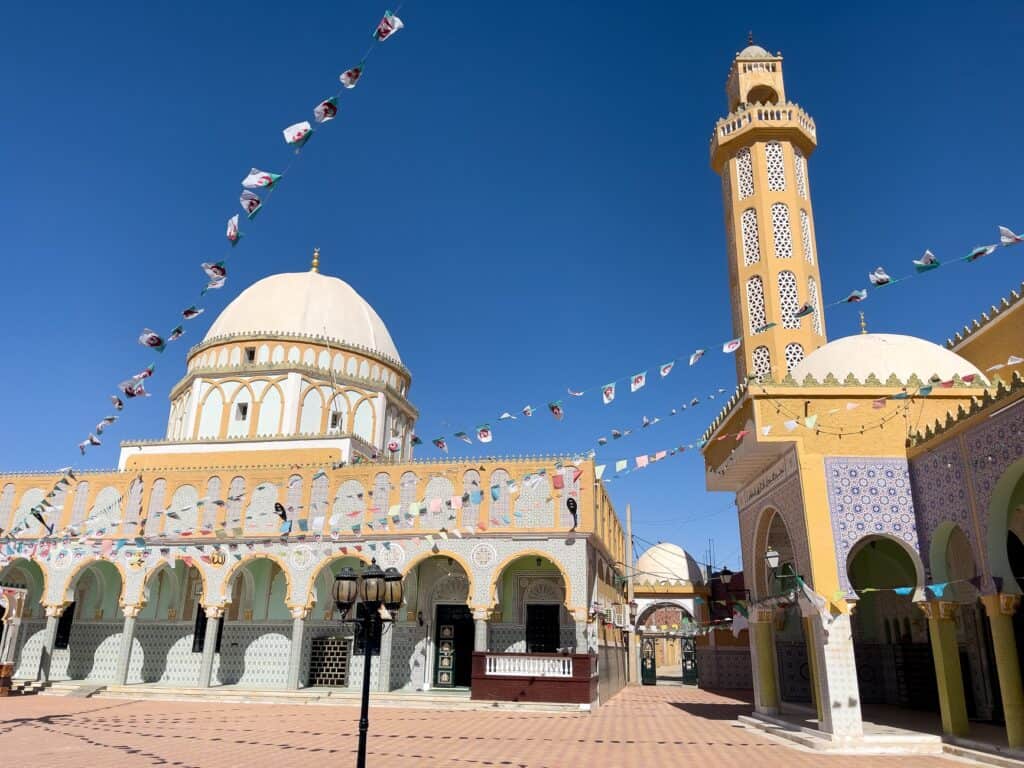
Photo courtesy of Martin Gray
“It’s that black box. I like looking through it and framing things,” Gray said. “You see all this art around [my home]? I love art but I don’t have that skill of painting. But I think I’m pretty good at putting things in that box and arranging the individual elements, so they have a pleasing relationship with each other.”
When visiting pilgrimage sites, Gray summarized, supplicants are generally either making a request of a higher power or expressing thanks for the granting of a request, both of which are elements of the divine trade relationship common to all tutelary cults.
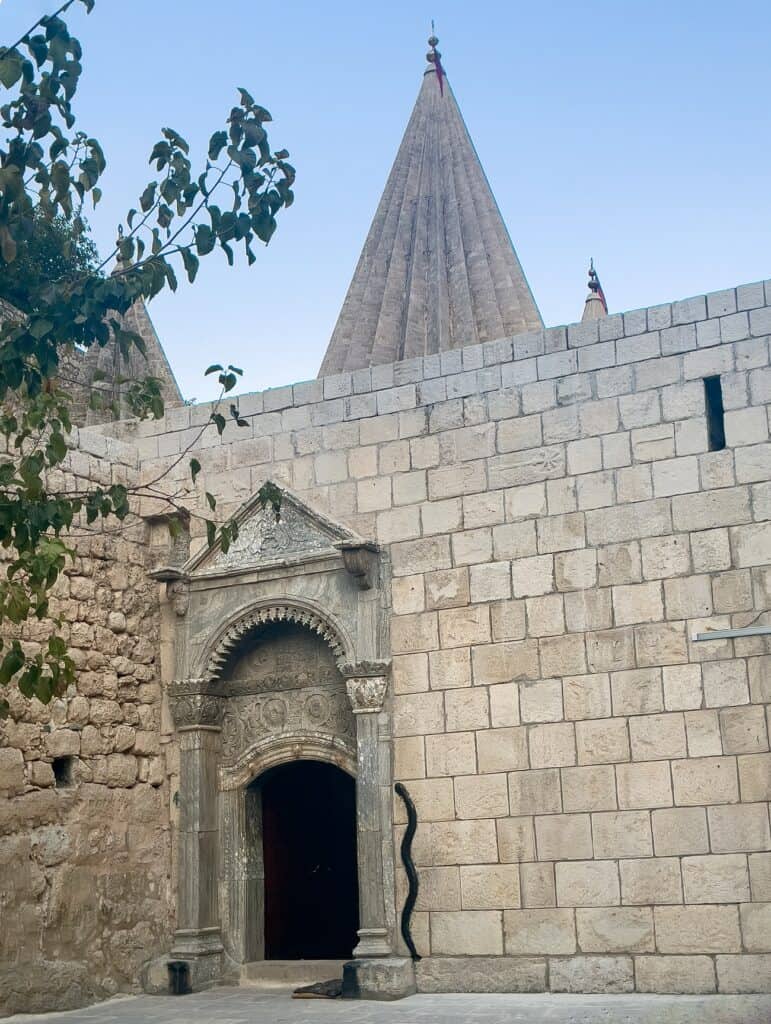
Photo courtesy of Martin Gray
“When I was a little boy I used to say two things,” Gray said. “‘O great spirit, O God, let me be a living glove on the hand of God, let me be a paintbrush in the hands of perfection.’ Because even from a very young age, I thought, how can I serve? How can I bring goodness and beauty into the world?”
Pursing fulfillment of that dream has allowed him to photograph sacred sites in 164 countries.

“During these travels, I recognized that the holy places represented some of the world’s most remarkable artistic heritage,” Gray wrote on his website. “However, because of their outdoor location, many sacred structures do not receive the protection that paintings receive inside museums. I understood that the production of a photography book was vitally important. Public attention needed to be brought to the fragile condition of these structures to preserve them for the benefit of future generations.”
“A lot of these sites got made into UNESCO world heritage sites, and I contribute to this, because if you go into the UNESCO World Heritage Site photobase, a lot of them are my images,” Gray continued. “The local people are saying there’s too much tourism, it’s overtourism. Yes, I agree but two other things. One, a lot of these places also have infrastructures that they’re used to getting … millions of people a year … The other is it’s good for people to go to the places … because when they’re at these places, they’re thinking of good things. They’re thinking of divinity.”
Gray also knew the late Page Bryant, the inventor of Sedona’s vortex tourism industry.
“There’s no evidence of preexisting sanctity at any of these places … and yet, because so many people go to them, they have this notion in their head that there are these sites,” Gray said. “If you look at the vortex sites, they’re all very close to the road. I’ve been here 30 years, I’ve climbed everything, and so why aren’t there vortex sites in some of these inaccessible places? It’s because Page was weight-challenged. The whole notion of there being vortexes here is erroneous.”
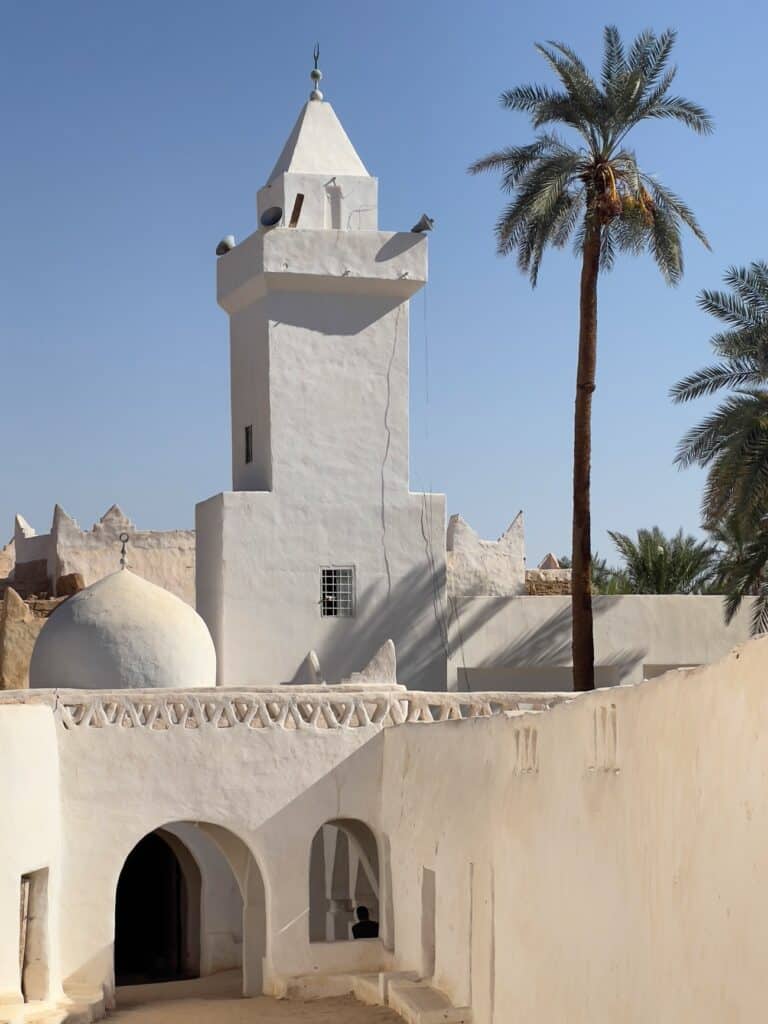
Photo courtesy of Martin Gray
“I’m thankful for the awakening of beauty in me and of love in me,” Gray said of his experiences throughout his life. “I feel that my prayer has been answered, is still being answered.”
Gray added that a lifetime spent in proximity to locations to which sacrality is attached often brings people to him asking their own existentialist questions.
“Get in touch with your deepest feelings and ask yourself and then give yourself permission to want what you want even more,” Gray said. “The main thing I say, and you could put it on my gravestone, is ‘get up each morning and put goodness and beauty in the world.’”
Gray will be giving two slide show presentations at the Mary D. Fisher Theatre about his travels at a to be determined date in the coming months.
For more about Martin Gray, visit his website sacredsites.com or read his biography here.
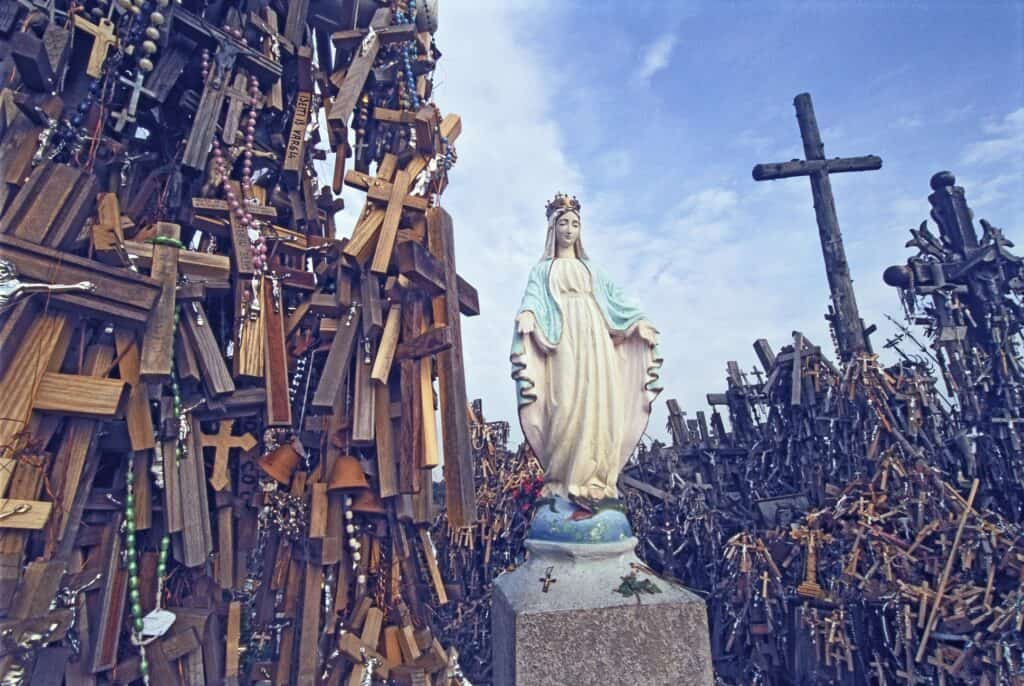
Photo courtesy of Martin Gray



